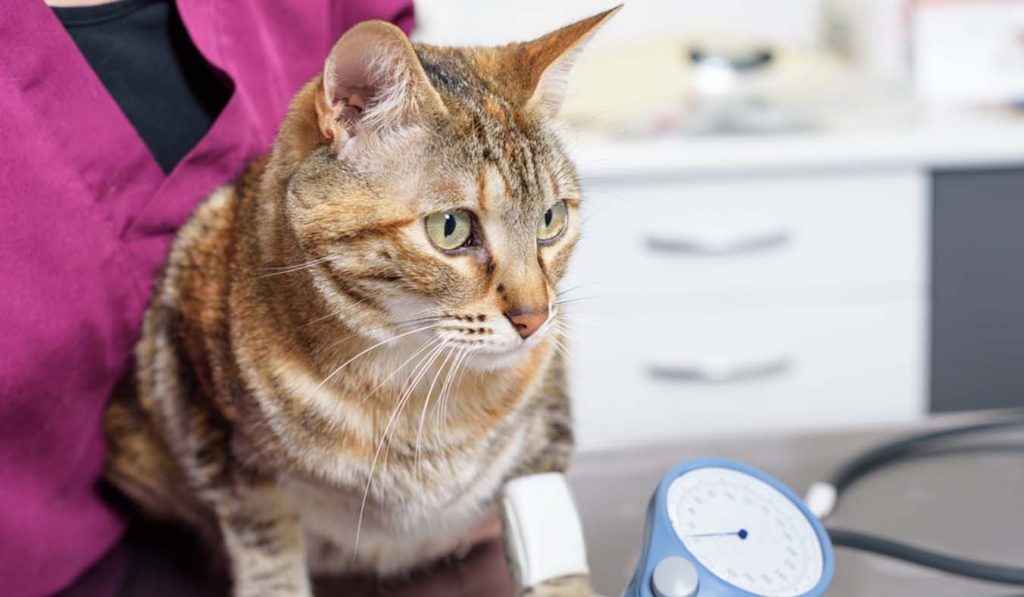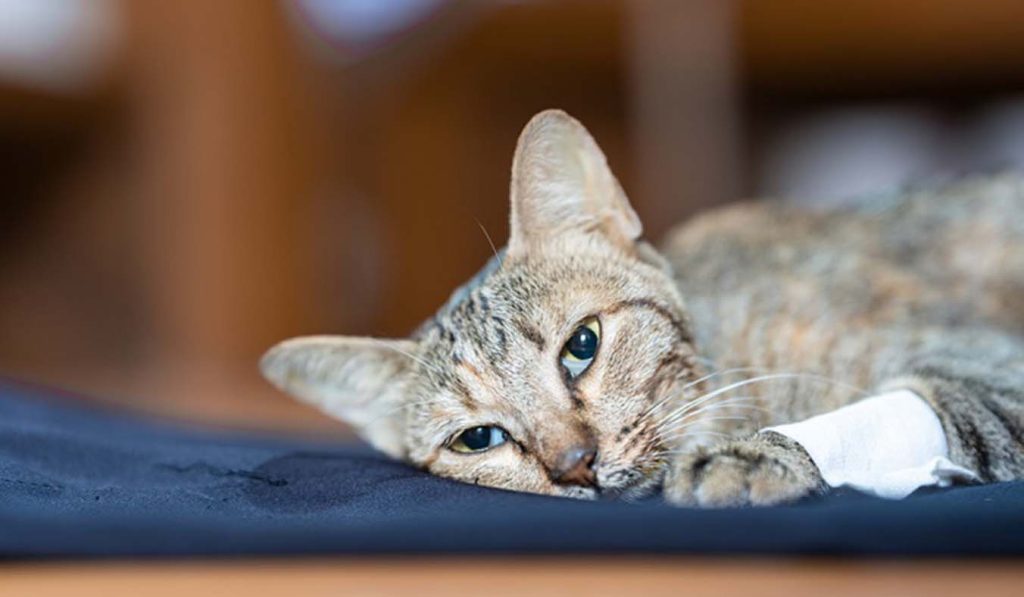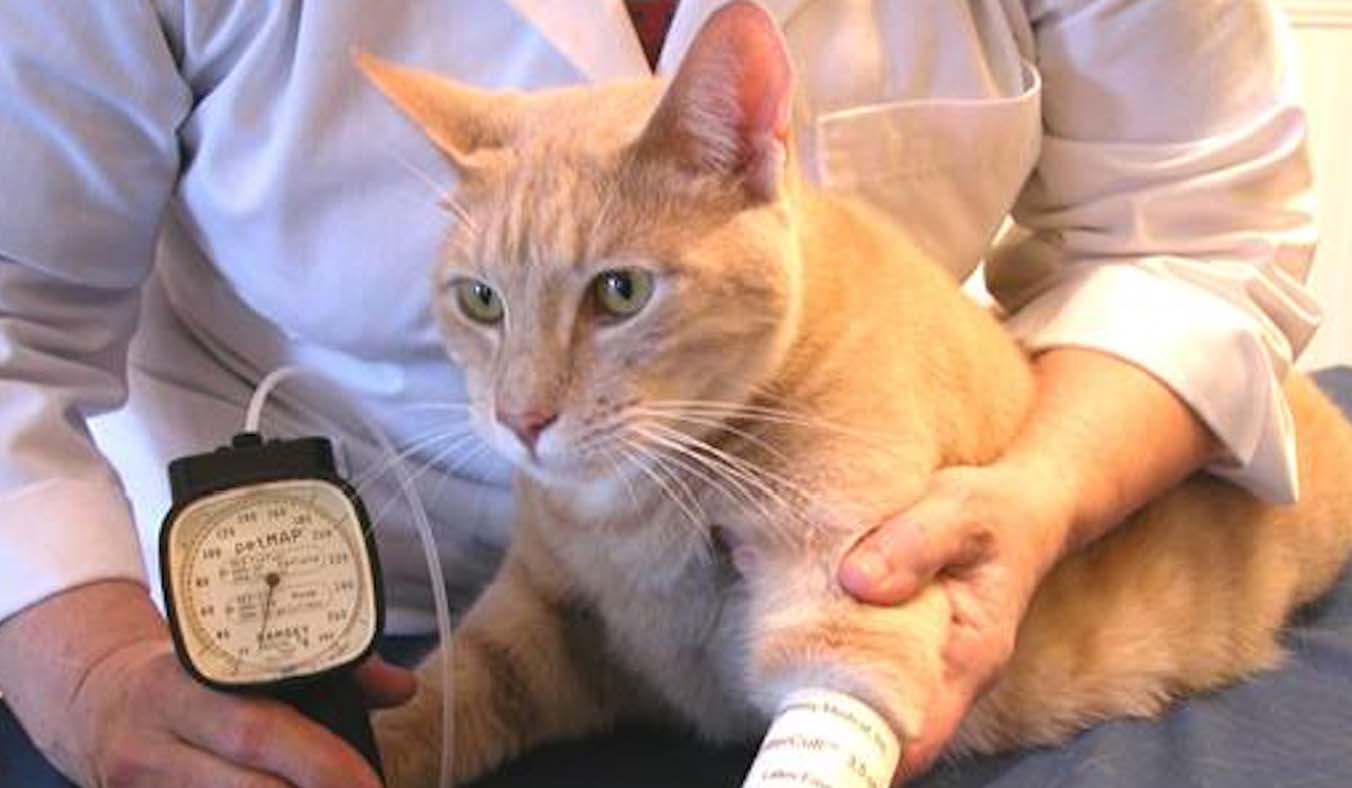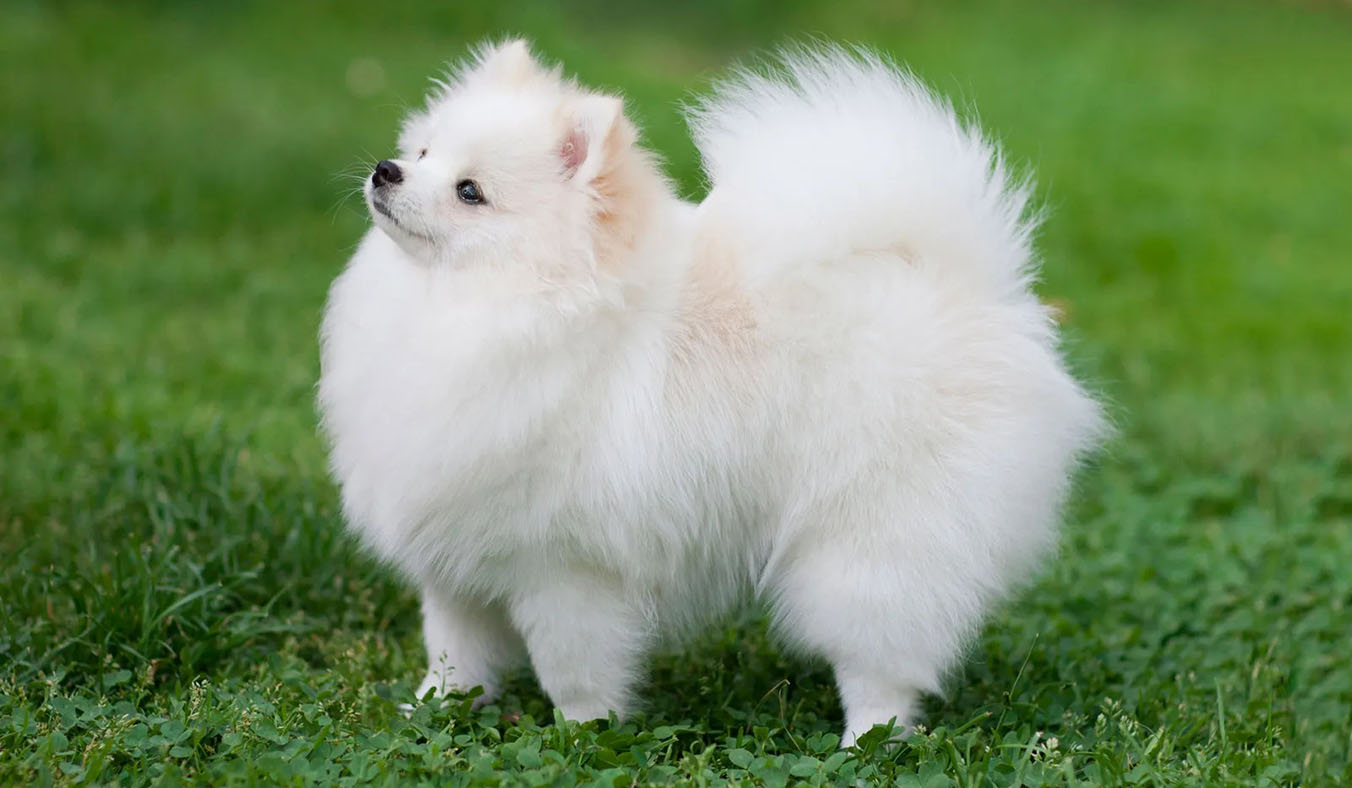Hypertension, commonly known as high blood pressure, is not just a concern for humans; it can also affect our feline friends. We’ll delve into the risks associated with hypertension in cats, including what it is, why it’s dangerous for cats, and how it can be treated.
1. Understanding Hypertension in Cats: Unlocking the Silent Killer

Hypertension, commonly known as high blood pressure, is a silent yet potentially deadly condition that affects cats much like it does humans. Just as in people, blood pressure in cats is the force exerted by blood against the walls of their arteries as the heart pumps it throughout the body. However, when this pressure exceeds normal levels, it sets the stage for a cascade of health problems.
In our feline friends, hypertension can sneakily wreak havoc on their delicate physiology, often without any noticeable symptoms. But beneath this facade of normalcy, unseen damage may be occurring. High blood pressure can place excessive strain on the heart, blood vessels, and vital organs, leading to severe complications over time if left unchecked.
The arteries in cats can become thickened and less elastic due to the relentless pressure, impairing their ability to deliver oxygenated blood efficiently. This can have dire consequences, such as reduced blood flow to vital organs like the kidneys, eyes, and brain, paving the way for conditions like kidney disease, vision loss, and neurological issues.
Furthermore, high blood pressure can precipitate heart problems in cats, including hypertrophic cardiomyopathy—a condition where the heart muscle thickens abnormally—and congestive heart failure, which impairs the heart’s ability to pump blood effectively.
In the eyes, hypertension can lead to retinal damage, hemorrhages, and even blindness, as the delicate blood vessels in the retina are subjected to excessive pressure. These ocular complications can not only impair a cat’s vision but also serve as warning signs of systemic health issues.
Thus, understanding hypertension in cats is crucial for recognizing its insidious nature and taking proactive steps to mitigate its effects. Regular blood pressure monitoring, especially in senior cats or those with pre-existing health conditions, can help detect hypertension early and facilitate timely intervention. With early detection and appropriate management, the adverse effects of hypertension can be minimized, allowing our beloved feline companions to lead longer, healthier lives.
2. The Perils of Hypertension in Felines: Unveiling the Hidden Hazards
High blood pressure in cats isn’t just a number on a monitor; it’s a silent assailant that can wreak havoc on their health in multifaceted ways. Here are the grave risks it poses:
- Organ Damage: Elevated blood pressure can inflict profound harm on vital organs, including the eyes, kidneys, brain, and heart. The delicate blood vessels in these organs bear the brunt of increased pressure, paving the way for conditions like retinopathy (eye damage), renal impairment, strokes, and cardiovascular diseases.
- Cardiac Complications: The heart, the tireless engine of the body, is not spared from the repercussions of hypertension. The heart muscles may thicken abnormally (hypertrophic cardiomyopathy), leading to impaired function and eventual heart failure. This increased workload on the heart can spiral into a cascade of cardiovascular issues, jeopardizing a cat’s wellbeing.
- Neurological Symptoms: High blood pressure can disrupt cerebral blood flow, precipitating neurological manifestations such as disorientation, seizures, and alterations in behavior. These subtle signs may go unnoticed initially but serve as red flags of underlying cerebral disturbances.
- Ocular Afflictions: The eyes, windows to the soul, are particularly vulnerable to the ravages of hypertension. Damage to ocular blood vessels can culminate in retinal detachment, hemorrhages, and ultimately, blindness. Regular monitoring of feline ocular health is imperative to detect and address these sight-threatening complications promptly.
In essence, the dangers of high blood pressure in cats extend far beyond mere numbers, underscoring the imperative of vigilance and proactive management. By recognizing these risks and implementing preventive measures, pet parents can safeguard their feline companions from the pernicious effects of hypertension, ensuring a healthier and happier life for their beloved pets.
3. Managing Hypertension in Felines: A Comprehensive Approach

Thankfully, hypertension in cats doesn’t have to be an insurmountable challenge. With the right veterinary guidance and diligent care, it can be effectively managed. Here’s how:
- Medications: Your veterinarian may prescribe antihypertensive medications tailored to your cat’s specific condition. These medications work to regulate blood pressure levels and mitigate the risk of complications. Administer them as directed by your vet, adhering strictly to dosage instructions.
- Dietary Intervention: A well-balanced diet plays a pivotal role in supporting cardiovascular health and managing hypertension. Opt for a low-sodium diet enriched with essential nutrients to bolster your cat’s overall wellbeing. Consult your veterinarian for recommendations on specialized prescription diets designed for felines with cardiac or renal issues.
- Regular Surveillance: Monitoring your cat’s blood pressure at regular intervals is crucial for gauging the effectiveness of treatment and detecting any fluctuations. Your veterinarian can conduct routine blood pressure assessments during check-ups, enabling timely adjustments to medication dosages if necessary.
- Stress Alleviation: Minimize stressors in your cat’s environment to help maintain optimal blood pressure levels. Create a tranquil sanctuary where your feline companion can retreat and unwind, shielded from disruptive stimuli. Implement calming techniques and provide enrichment activities to promote relaxation and mental wellbeing.
By embracing a multifaceted approach encompassing medication, dietary modifications, vigilant monitoring, and stress mitigation, pet parents can empower their beloved feline friends to lead fulfilling lives despite the challenges posed by hypertension. With dedication and proactive care, hypertension can be effectively managed, paving the way for a brighter and healthier future for our cherished companions.
Hypertension is a serious condition that can pose significant risks to your cat’s health if left untreated. By understanding the risks associated with high blood pressure and taking proactive steps to manage it, you can help ensure a longer, healthier life for your feline companion. If you suspect that your cat may have hypertension, don’t hesitate to consult with your veterinarian for proper diagnosis and treatment.



